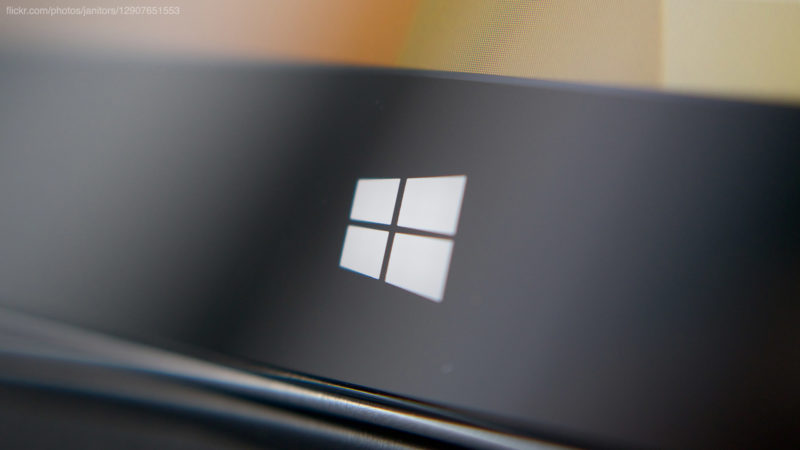Microsoft Changes Course On Default “Do Not Track” Browser Setting
The company's browsers will no longer be set with Do Not Track auto-enabled.

Microsoft announced Friday that it is changing the default setting for Do Not Track in future versions the company’s browsers.
Do Not Track (DNT), the setting that signals to websites that users do not want their behavioral data tracked or passed on to analytics or advertising entities for personalization and ad targeting, will no longer be enabled as the default setting in Windows Express Settings as it has been for two years with the roll out of Explorer 10. The change will apply when users set up a new Windows PC for the first time or upgrade to a new version of Windows or Internet Explorer.
Brendon Lynch, Chief Privacy Officer at Microsoft, said in a blog post the change in approach to DNT is in reaction to the World Wide Web Consortium (W3C)’s latest draft of the standard, which states that the notion of an expression to of whether to have have site behavior tracked “MUST reflect the user’s preference, not the choice of some vendor, institution, site, or network-imposed mechanism outside the user’s control … In the absence of user choice, there is no tracking preference expressed.”
So, rather than having DNT be the default setting, users must activate it in order to expressly signal their choice.
Lynch adds that the company will provide clear information on setting up DNT in their browser settings if they want.
The DNT initiative has faced an uphill battle among major advertising firms. Yahoo said it would no longer pay attention to DNT browser signals last May. Facebook doesn’t support DNT, nor does Google (though Chrome does offer support for it). All cite the lack of an industry standard (even as the W3C was working on its final recommendation for the standard) and consumer confusion among the reasons for ignoring DNT signals.
Microsoft had taken a hard stance in 2012 when it implemented Do Not Track. Industry groups resoundly opposed Microsoft’s, arguing instead that consumers should have the choice to opt-in. Even if consumers do opt-in to the setting, there is no penalty for ignoring Do Not Track requests.
Contributing authors are invited to create content for MarTech and are chosen for their expertise and contribution to the search community. Our contributors work under the oversight of the editorial staff and contributions are checked for quality and relevance to our readers. MarTech is owned by Semrush. Contributor was not asked to make any direct or indirect mentions of Semrush. The opinions they express are their own.
Related stories